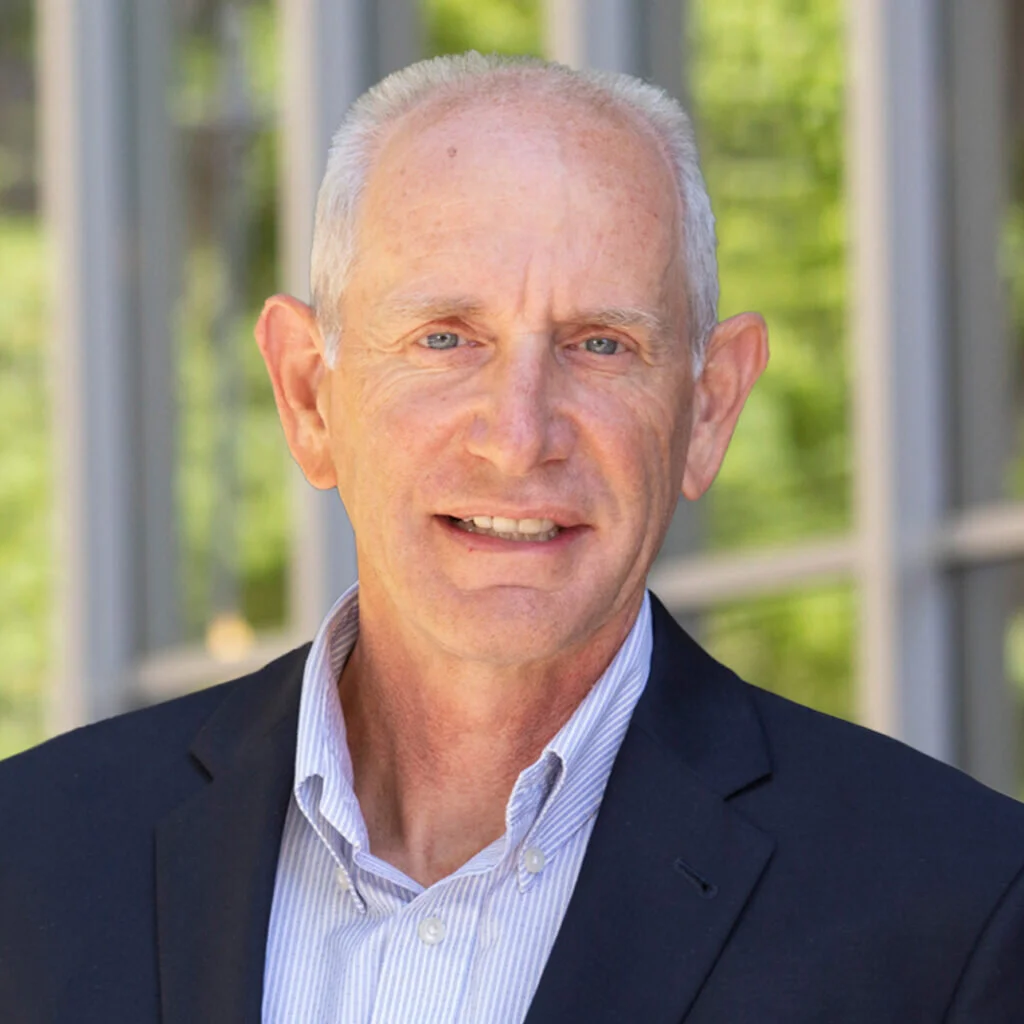Myth-Busting Planned Giving
Over the years, I’ve had countless conversations with nonprofit leaders about planned giving. Again and again, I hear the same misconceptions about what it takes to start, what size organizations can do planned giving, and whether it’s worth the effort.

The truth is, planned giving can be one of the most rewarding and impactful elements of a fundraising strategy. That’s why I want to help clear away the myths and show how any nonprofit can take practical steps toward a successful planned giving program.
Myth 1: You need a huge individual donor pool for planned giving to be worth your time
Even a small donor base can yield powerful planned gifts if those donors are loyal and deeply committed to your organization. Some of the highest value planned gifts come from people you may not expect; they may not be your top annual givers or major gift donors, but those who show up for you regularly and who see your mission as part of their legacy.
Myth 2: Planned giving only makes sense for wealthy donors or large institutions
I’ve seen some of the most meaningful planned gifts come to small non-profits from those with modest means like teachers, small business owners, civil servants, volunteers, etc. They are most often loyal donors who care deeply about your mission and want their values to live on through your work. Planned gifts are not solely about one’s cash wealth; they’re about a deep caring for your organization and its mission and programs, they are about shared values, impact and legacy. It does not matter your organization’s size, but simply providing the opportunity for your loyal donors to make a gift through their life’s accumulated assets.
Myth 3: If we focus on planned giving, we will lose annual gifts
Research shows the opposite: donors who make planned gifts maintain their loyalty and often increase their annual giving over time because they feel even more invested in your organization as a result. Repeatedly through my experience I have found a planned gift does not replace annual giving; it cements it for the long term.
Myth 4: It’s too complicated and expensive for a small nonprofit to do
Planned giving doesn’t have to be complicated or costly to get started. You don’t need a team of planned giving experts, lawyers or a big budget to launch a meaningful program. The simplest and most common planned gift is a bequest, which requires little more than inviting a donor to consider including your organization in their will. From there, it’s about offering clear information to make sure donors know this option is available, who they can contact with questions, and how they can inform the organization of their gift intention.
Myth 5: It takes too long to see results, so it’s not worth the investment
Although it is true that planned gifts may not come in immediately, you are planting the seeds that will grow a new and significant revenue stream over time… and planned giving has one of the highest ROIs in fundraising. Plus, you’ll see earlier benefits from stronger donor relationships to a more holistic culture of philanthropy throughout your organization. Planned giving is about securing your mission’s future, and not always about meeting the current annual budget goal (though it will help).
Myth 6: Talking about planned giving means uncomfortable conversations about a donor’s death
Planned giving conversations should not be about loss; they should be about legacy, family, belonging and joy. When a donor decides to include your organization in their estate plan, it means they often see you in some way as family. They are entrusting you with their story and their values, and that can be one of the most uplifting conversations you’ll ever have. Planned giving conversations strengthen a sense of community, bringing donors closer and deepening their connection to your mission for years to come.
Myth 7: We don’t have the leadership or staff capacity
Starting a planned giving program doesn’t require a specialized staff member (though it can be an investment that will help build a program faster if you can afford it). Current staff with some simple training and focus can jumpstart or revitalize a planned giving program. Board members and other volunteer champions can help carry these efforts further because they provide continuity and long-term commitment.
With the right champions in place, a little planning and training, and building a communication plan to express to donors your desire for planned gifts, almost any organization can begin to steadily grow and reap the benefits of planned giving. Alford Group has helped many clients to establish their planned giving program, and we would welcome the opportunity to advise your organization on how to get started or to take your planned giving program to the next level.



